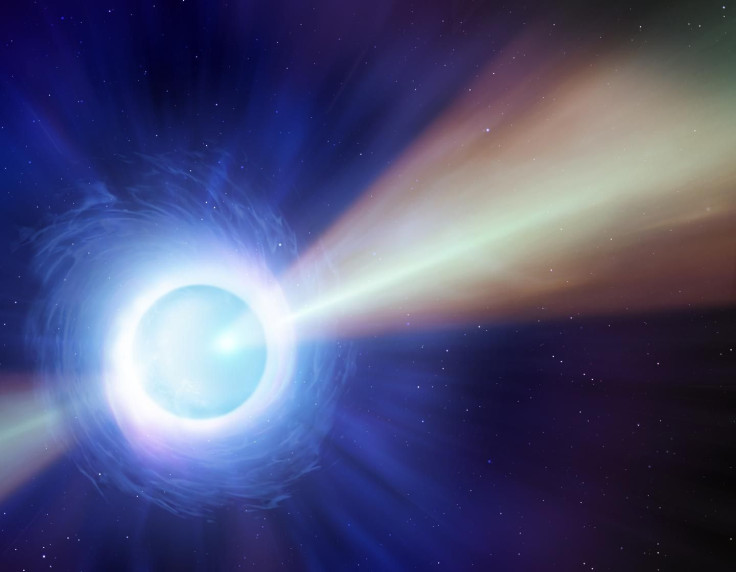Repeating Alien Signal Caused By Star Collisions, New Study Suggests

A team of astronomers revealed in a new study that the source of repeating alien signals could be the aftermath of the collision between two neutron stars. The astronomers noted that these signals, also known as fast radio bursts (FRB), may have been produced by starquakes.
Ever since they were first detected, FRBs have been the center of studies of many astronomers due to their odd nature. Currently, almost 100 FRBs have already been detected. Many of these only have single bursts but others have repeating signals. Despite the high number of known FRBs, astronomers are still unsure where they’re coming from.
In a new study conducted by astronomers from China’s Peking University, the authors presented a possible source for the FRBs. Their study was submitted for publication through the website arXiv.org.
For the study, the astronomers focused on FRB 171019, which was first detected by an observatory in Australia in 2017. After its initial discovery, the bursts from FRB 171019’s repeating signals became fainter.
According to the new study, FRB 171019 and other repeating signals may have been caused by starquakes that were produced by the collision of neutron stars. As these extremely dense stars collide and merge into a bigger one, oscillations or violent vibrations begin to occur within its body.
These oscillations within the massive neutron star can lead to starquakes, which are sudden adjustments in the crust of the cosmic object. These are similar to how earthquakes occur on Earth.
The astronomers noted that these starquakes can emit bursts of radiation, which can grow fainter over time. They explained that these could be responsible for varying bursts of repeating signals that other astronomers have detected.
“A model of binary neutron star merger is proposed for FRB 171019, in which the first bright burst occurred during the merger event, while the subsequent repeating bursts are starquake-induced, and generally fainter, as the energy release rate for the starquakes can hardly exceed that of the catastrophic merger event,” the astronomers stated in the study.
“This scenario is consistent with the observation that no burst detected is as bright as the first one,” they added.
© Copyright IBTimes 2025. All rights reserved.




















